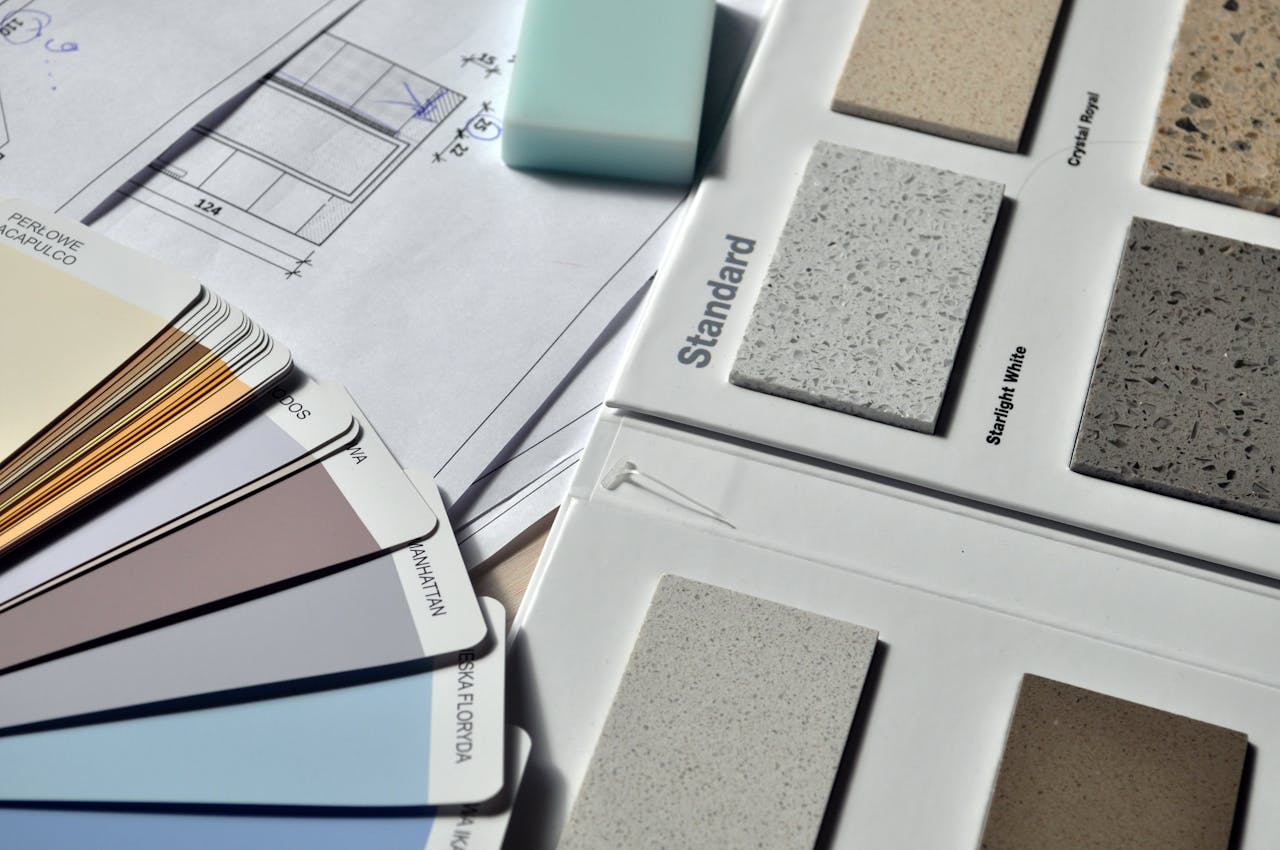
Expert Tips for Installing Hardwood Flooring
Installing hardwood flooring can transform any space, adding a touch of elegance and warmth. However, the installation process requires careful planning, precision, and a bit of know-how to ensure a beautiful, long-lasting finish. In this blog post, we’ll share expert tips and techniques to help you achieve professional results with your hardwood floor installation.
Selecting the Right Hardwood
Before diving into the installation, it’s crucial to choose the right type of hardwood for your space. Consider factors such as:
• Wood Species: Oak, maple, and hickory are popular choices due to their durability and aesthetic appeal.
• Grain Pattern: Different wood species offer unique grain patterns that can complement your design style.
• Finish: Decide between prefinished and unfinished hardwood. Prefinished wood saves time but unfinished allows for a custom stain.

Preparation is Key
Proper preparation is vital for a successful installation. Follow these steps to get started:
1. Acclimate the Wood: Let the hardwood acclimate to your home’s environment for at least 48 hours. This helps prevent expansion or contraction after installation.
2. Inspect the Subfloor: Ensure the subfloor is clean, dry, and level. Repair any damage and remove debris to create a solid foundation for the hardwood.
3. Gather Tools and Materials: You’ll need a tape measure, chalk line, hammer, nailer, saw, spacers, and adhesive or nails, depending on your installation method.
Installation Methods
There are several methods for installing hardwood floors, including:
1. Nail-Down Method: Ideal for solid hardwood. Secure the planks to a wooden subfloor using nails or staples.
2. Glue-Down Method: Common for engineered wood. Apply adhesive to the subfloor and lay the planks.
3. Floating Method: Suitable for engineered and laminate wood. Planks are not attached to the subfloor but are locked together using a tongue-and-groove system.
Step-by-Step Installation
1. Layout Planning: Start by laying out the planks to determine the best arrangement and avoid small gaps at the edges. Use a chalk line to mark a starting point.
2. Install the First Row: Place spacers along the wall to maintain an expansion gap. Lay the first row of planks with the tongue side facing the wall, and secure them using nails or adhesive.
3. Continue Laying Planks: Stagger the end joints in each row to create a natural look and add stability. Use a tapping block to ensure a tight fit between planks.
4. Cut Planks to Fit: Measure and cut planks to fit around obstacles like door frames and vents. Use a jigsaw or miter saw for precise cuts.
5. Final Row: Trim the last row of planks to fit, leaving an expansion gap along the wall. Use a pull bar to lock the final pieces in place.
Finishing Touches
After the installation is complete, remove the spacers and install baseboards or shoe molding to cover the expansion gaps. Apply a suitable finish or sealer if you’re using unfinished hardwood.
Maintenance Tips
To keep your hardwood floors looking pristine:
• Clean Regularly: Sweep or vacuum to remove dirt and debris that can scratch the surface.
• Use Rugs and Mats: Place rugs in high-traffic areas and mats at entryways to protect the floor.
• Avoid Water: Clean spills immediately and use a damp mop for cleaning. Avoid excessive water exposure.
Conclusion
Installing hardwood flooring is a rewarding project that can significantly enhance the beauty and value of your home. By following these expert tips and techniques, you can achieve a professional-looking finish that will last for years to come. Remember to take your time, plan carefully, and pay attention to detail for the best results.
